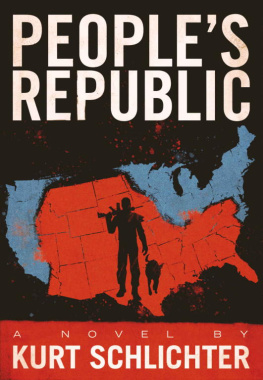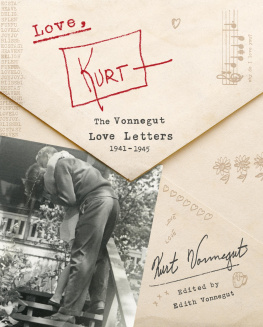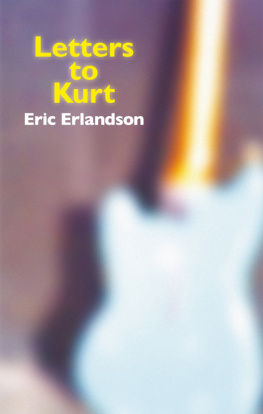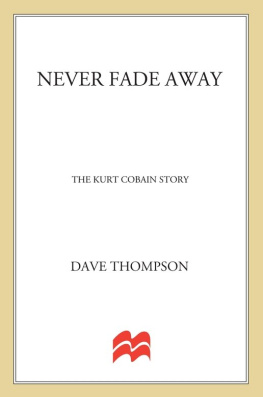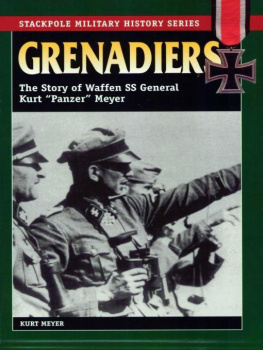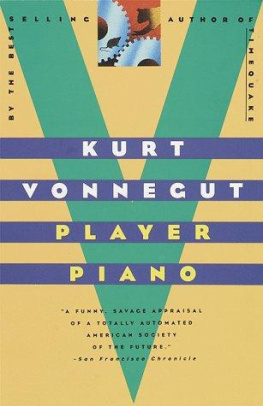A is for Axel
An Ice Skating Alphabet
Four-time World Champion and professional figure skater Kurt Browning replaces his boots and blades with pen and paper in A is for Axel: An Ice Skating Alphabet. From holding an edge to laces and hooks, Kurt glides and dances through the alphabet explaining the history, techniques, and memorable moments of the sport. Poetry is used to introduce each letter topic:
L is for Laces, that hold our skates tight. Sometimes we need help to make them feel right.
Accompanying sidebar text provides for more detail: Tying laces on a figure skate is a little different than tying tennis or running shoes and even different than tying hockey skate laces. Most figure skates have what are called hooks that run up the ankle of the boot. With four or five hooks on each side it allows the skate to open up farther, which makes it easier to get your foot in and out.
Working closely with the author as he demonstrated specific technique, illustrator Melanie Rose captures this sports excitement visually with her colorful, playful, and heartfelt illustrations.
A is for Axel
An Ice Skating Alphabet

Written by Kurt Browning and Illustrated by Melanie Rose
To everyone who keeps me young, especially Sonita and Gabe
KURT
For my muma fanatical figure skating fan
MELANIE
A
The Axel jump is named after Norwegian Axel Paulsen. Paulsen first completed the jump in 1882 rumored to be wearing a pair of speed skates. The Axel is traditionally thought of as one of the most difficult of all the jumps because of the forward takeoff and the extra half revolution it takes to land backward. The skater almost always goes into the Axel backward and then steps forward on the outside of the blades edge and throws both his arms and the free leg forward into the air. There are single, double, and triple versions of the Axel.
When a young skater lands his first Axel jump it is always a day he will remember. In 1978 Canadian Vern Taylor landed the first triple Axel in competition at the World Championships in Ottawa, Ontario. Brian Orser, nicknamed Mr. Triple Axel, became known as the king of the triple Axel and for many years was the only one in the world who had truly mastered the big jump.
A is for Axel jump.
Its difficult but fun.
What a big day in a skaters life,
when they land their first one.
An extra half turn makes the Axel the best, and its why this jump is harder than the rest.

B
The proper fit, or how the boot sits on the skaters foot, is important at every level. For the first few years of skating, support and comfort are key factors. A plastic molded skate can offer the support needed, but also the comfort of soft padding. These skates come out of the box ready for the ice. Learning how to skate is more enjoyable if your feet are warm and comfortable.
As the skill of a figure skater grows and changes, he or she sometimes considers leather boots instead of plastic. For advanced skaters, boots and blades are sold separately. This gives skaters the ability to match the boot they like with the blade they want.
Boots can be made of fuzzy leather called suede or hard shiny leather. Also, skates come in more colors than just black and white so if purple is your favourite color, then purples great while you skate.
B is for Boot, and B is for Blade.
Put them together and a skate is made.

C
Just as in other sports, skating coaches are important. From little children learning to skate in group lessons to Olympic champions, almost every skater has at least one coach. Beginner skaters usually work in groups with other children and one or two coaches. As skills improve, individual coaches and private lessons are available.
Each coach has her own style of teaching and her own way to teach jumps and spins. Most figure skating coaches were at one time skaters themselves. Sometimes it takes some time to find a good match between coach and skater. Coaches know that having proper technique as a young skater is important to learning safe jumps and spins. It is only after their student is strong enough and consistent with a move that they go on to the next level. Coaches also work on a skaters posture and body position as well as conditioning, stretching, and strength.
It is very important for skaters to have confidence in their coaches, and for coaches to believe in their skaters.
C is for the Coaches who teach you so much.
Theyll give your skating their personal touch.
From singles to doubles then triples you grow, with coaches beside you sharing all that they know.

D
Music makes it natural for a skater to want to dance, but the dance event at a skating competition requires not only music but also a partner! What makes dancing difficult is that two skaters must skate very close to each other and know where the other is at all times. The skates that dancers use have less support and are cut shorter on the ankle so dancers can point their toes more. Since dancers steps are very close to their partners steps, the tail of the blade is shorter to help prevent tripping one another.
The first World Championships in ice dancing were in 1952 and held at the World Figure Skating Championships in Paris, yet it did not become an Olympic medal sport until 1976.
Unlike the pairs event, in dance the man cannot lift the woman any higher than his shoulder and jumps cannot have more than one rotation. There are many set dances that skaters can learn. For example, the waltz and the canasta move around the ice in a set pattern. One of the hardest dances is the tango because it involves changing positions with sharp, quick movements. After many years of practice, dancers can perform any style of dance together.
The free dance competition is very exciting because couples choose their own style of movement and music and can choreograph any steps they choose for their program.
D is for Dancingboy and girl together, moving across the ice as light as a feather.
Hand in hand, they dance as one with turns and twizzles til the musics done.

E
Edges in figure skating can mean two different things. A skates blade is much wider than a knifes blade and there are two very separate sides or edges. The side that is on the inside of the foot is called the inside edge. The one on the outside of the blade is of course called the outside edge. These two edges are used to steer the blade.
Another meaning for the word edge is not quite as literal as the actual edge of the blade, but more about what the skater looks like while using that edge. A great skater can use edges to lean into a corner or curve on a very deep angle. The momentum and the edge biting into the ice hold the skater up. When a skater can change direction quickly while maintaining a lean, you could say that this skater has good edges.




